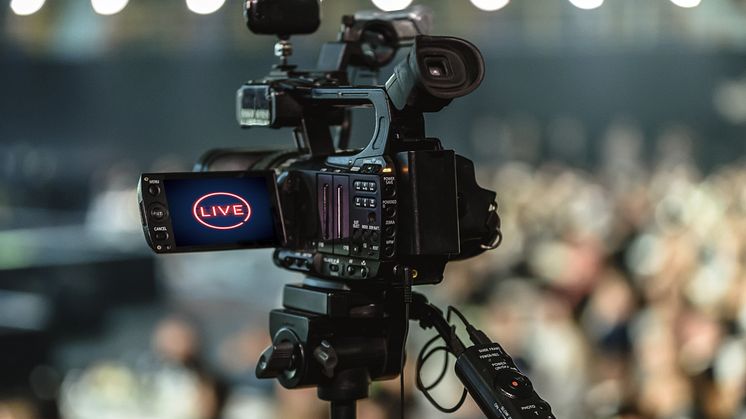
Blog post -
How will delegates take to STB's pilot hybrid events?
The Singapore Tourism Board’s two planned hybrid business events raise the question: will delegates want to attend future conferences and seminars in person, or take part in virtual events from home?
The 2020 IEEE International Conference on Computational Electromagnetics, and the Asia MedTech Virtual Forum 2020, are part of STB’s S$45 mln initiative to restart the local tourism industry. Up to 50 people can attend each event in person, with another 1,000 expected to participate virtually.
Hybrid events will be the next big thing. The reason is people are unlikely to go back to attending every event in person, like they did before the pandemic. But conducting every meeting and call via phone or platform has also reminded people of the need and desire to meet in person. People will have different views on whether, when and how to meet in person again. Those who think it is safe will travel to the venue, those who are more reluctant will attend virtually.
The upshot of this for communications specialists is they need to engage delegates, irrespective of where they are joining from. Here are five changes to the ways events will be run in future:
- Cameras galore – Physical events in which presentations and panel discussions are not recorded, or even live streamed, will be a thing of the past. You already saw cameras on raised platforms at the back of ballrooms at most conferences before Covid. In future this will be standard at all events.
- Interactivity portals – Event managers will have to work far harder to engage audiences, both those physically- and virtually present. Moreover, it will be important to bring virtual and physical audiences together, and interactivity tools such as Mentimeter, SparkUp, as well as old favourites such as Pigeonhole and Sli.do, will be must-haves.
- Networking technology – To cater to delegates who join an event virtually, new technology tools will facilitate networking, so that even those delegates who join virtually have the opportunity to meet those physically present. Such technology is already readily available, such as Brella, Virtual Summits, iVents, vFairs, and many, many others. Here is a handy comparison chart.
- Pricing – In the past it has been difficult to charge for live streams of conferences, while in-person delegate passes sometimes cost a small fortune. In the future we will see two-tiered pricing, in which virtual audiences get a small discount off reasonably priced delegate passes. With networking becoming a chargeable value-add, those who take advantage of the new networking technology will likely pay a little bit extra, but not as much as those attending in person.
- Conference anchor – I started calling myself a conference anchor years ago, to highlight the role a previously-called “emcee” plays in holding the show together. This moniker will be increasingly poignant, given that moderators of the future must cater to “studio audiences” and those watching via webcast.
There is a great risk event managers and their clients will try to squeeze physical events into a small screen. They need to understand that hybrid events have much more in common with television talk shows than seminars. They would be well advised to throw out old ways of doing this and start from scratch.
